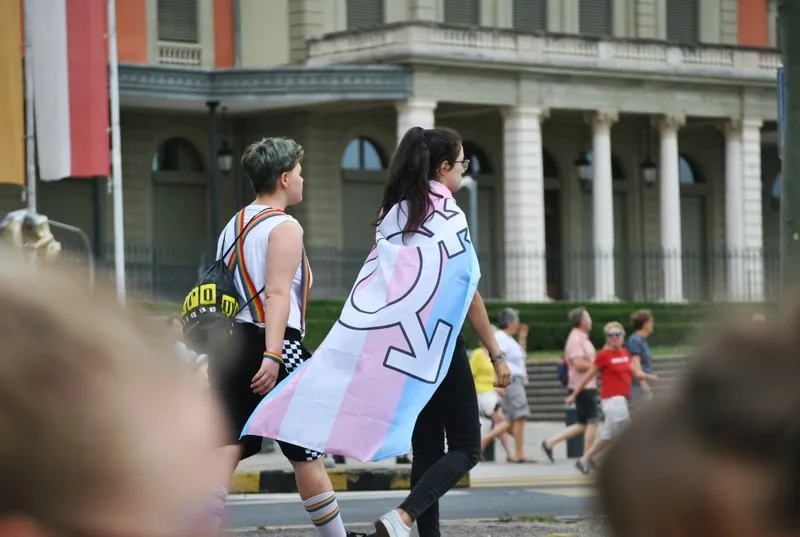Table of Contents
- Defining Social Constructs
- How Social Constructs Are Created
- Examples of Social Constructs
- The Power of Social Constructs
- Challenging Social Constructs
- Conclusion
Social constructs are fundamental concepts in sociology that help us understand how societies organize and assign meaning to the world around us. Unlike natural phenomena that exist independently of human thought, social constructs are ideas or categories that only exist because people within a society collectively agree to perceive them as real. These constructs shape our everyday lives, influencing our behavior, relationships, and institutions. In this article, we will explore what social constructs are, how they are formed, and how they manifest in various aspects of social life.
Defining Social Constructs
A social construct is any idea, category, or framework that exists because people in a society collectively agree to give it meaning. Social constructs are not fixed, natural, or universal truths. Instead, they are products of human interaction, changing over time and varying across cultures. Social constructs provide a framework through which individuals interpret the world, guiding their perceptions and actions.
One of the key features of social constructs is that they often seem natural or self-evident within a particular culture, even though they are, in fact, products of human agreements. Constructs like gender, race, and class can feel deeply ingrained in our identities and societies, but their definitions and significance can differ dramatically from one culture to another or across historical periods. The fact that these constructs change over time and are not consistent across societies highlights their socially constructed nature.
How Social Constructs Are Created
Social constructs emerge through collective human interaction. They are not imposed by nature but instead develop as societies evolve. Communication and shared understanding play a vital role in the creation of social constructs. As people interact with each other, they negotiate meanings, agree on definitions, and reinforce norms through everyday interactions. These shared meanings eventually become embedded in institutions and cultural practices, making them seem natural or inevitable.
Language is one of the most important tools in the creation of social constructs. The words and symbols we use to communicate help shape how we perceive the world. For example, the concept of “family” is a social construct that can vary widely across cultures. In some societies, “family” may refer primarily to a nuclear unit, while in others, it may encompass extended relatives or even non-blood relationships. The social meaning attached to the word “family” reflects a collective agreement about what constitutes this social unit.
Socialization is another key process in the formation of social constructs. From a young age, individuals are taught the norms and values of their society. Parents, schools, media, and peers all play roles in socializing individuals to accept and uphold the social constructs of their culture. Through this process, individuals learn to perceive the world in ways that align with the socially constructed realities of their community.
Examples of Social Constructs
Social constructs are pervasive in every aspect of human life. Some of the most well-known social constructs include race, gender, class, and even time. These constructs shape how we understand and interact with the world, but they are not static or universal. Let’s examine some of the most significant social constructs to see how they operate in society.
Race as a Social Construct
Race is a powerful example of a social construct. While there are physical differences between people, such as skin color or facial features, the idea of dividing people into distinct racial categories is not based on biological realities. Instead, race is a social construct that has been created and perpetuated over time by societies for various purposes, including the justification of social hierarchies and inequalities.
For instance, the concept of race was used during the colonial period to justify the enslavement and oppression of non-European peoples. The notion that certain races were “superior” to others was a social construction that enabled systems of exploitation and domination. Today, the significance of race continues to shape social interactions, policies, and institutions, but it is important to recognize that the meanings attached to race have been created and can be changed.
Gender as a Social Construct
Gender is another prime example of a social construct. While biological sex refers to the physical differences between males and females, gender refers to the roles, behaviors, and expectations that societies assign to individuals based on their perceived sex. These gender roles are not fixed or inherent but are shaped by cultural, historical, and social factors.
For example, the idea that men should be dominant and women should be nurturing is a gendered expectation that has been socially constructed over time. In some cultures, these roles are rigidly enforced, while in others, they are more flexible. As societies evolve, so too do the meanings attached to gender, as seen in the growing recognition of non-binary and transgender identities. This shift reflects the fluidity of gender as a social construct and the power of society to redefine it.
Class as a Social Construct
Social class is another construct that deeply influences people’s lives. Class refers to the categorization of individuals based on their economic status, occupation, or social standing. While material wealth or income can be objectively measured, the way societies organize and give meaning to class distinctions is socially constructed.
In some societies, class divisions are more rigid, with clear boundaries between the upper, middle, and lower classes. In others, there is greater social mobility, and the distinctions between classes may be more fluid. The cultural meanings attached to class—such as what it means to be “middle class” or “working class”—vary across time and place. These meanings are often reinforced through symbols, behaviors, and institutions that maintain class hierarchies.
Time as a Social Construct
Get the full article AD FREE. Join now for full access to all premium articles.
View Plans & Subscribe Already a member? Log in.





